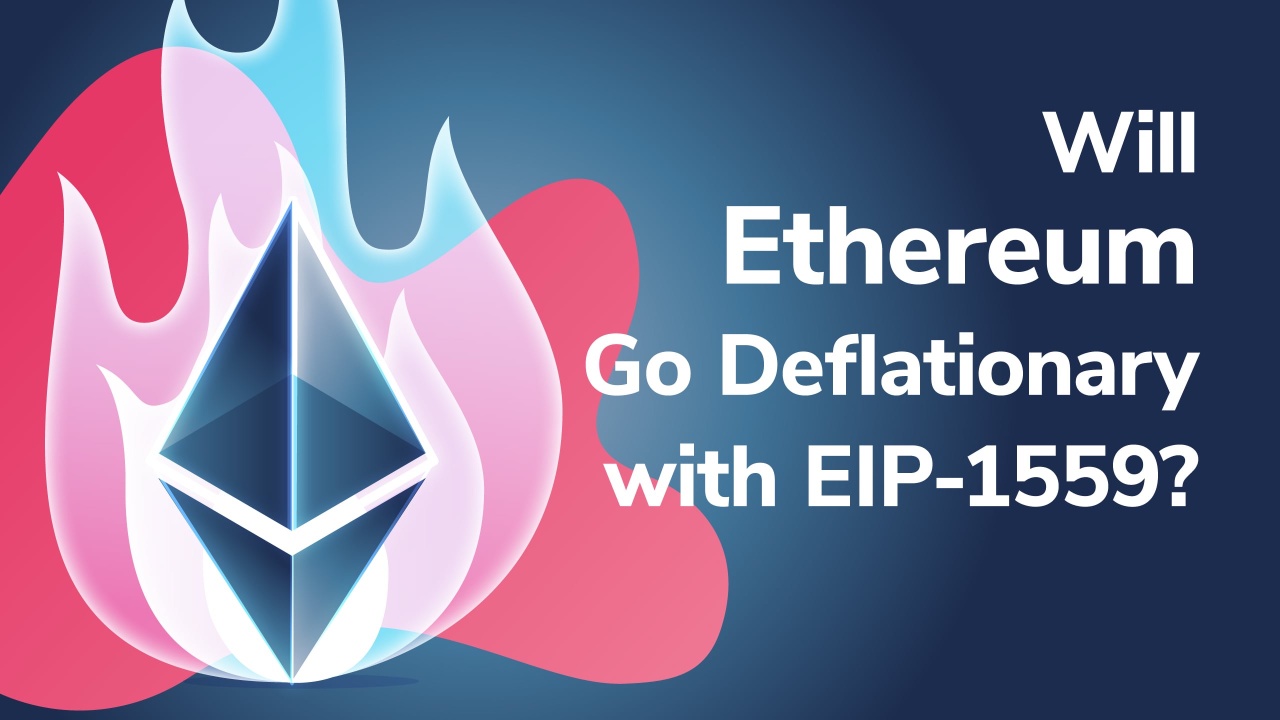Ethereum's London Hard Fork: Unraveling the Impact of EIP-1559 and Transaction Dynamics

Introduction
Ethereum, the second-largest cryptocurrency by market capitalization, underwent a significant upgrade known as the London hard fork in August 2021. Among the various improvements and changes introduced by this upgrade, Ethereum Improvement Proposal 1559 (EIP-1559) stood out as a groundbreaking modification to the network's fee structure. This article delves into the implications of Ethereum's London hard fork, particularly focusing on EIP-1559 and its effects on transaction fees and miner revenue.
https://academy.moralis.io/blog/effects-of-eip-1559-what-did-ethereums-london-hard-fork-do
Understanding Ethereum's London Hard Fork
The London hard fork marked a crucial milestone in Ethereum's journey towards scalability, efficiency, and sustainability. It introduced several Ethereum Improvement Proposals (EIPs) aimed at addressing key issues such as network congestion, gas fees, and the overall user experience. However, EIP-1559 emerged as the centerpiece of the upgrade, fundamentally altering the way transaction fees are determined and managed on the Ethereum network.
https://academy.moralis.io/blog/the-ultimate-guide-to-the-ethereum-berlin-hard-fork-and-london-hard-fork
EIP-1559: A Paradigm Shift in Transaction Fee Mechanism
EIP-1559 proposed a significant change to Ethereum's fee market by introducing a new fee structure consisting of a base fee and a tip. The base fee is dynamically adjusted based on network demand, aiming to stabilize transaction fees and improve predictability for users. Meanwhile, the tip is an optional amount paid by users to incentivize miners to prioritize their transactions. https://cryptovalleyjournal.com/glossary/eip-1559/

Implications for Transaction Fees and User Experience
The implementation of EIP-1559 has led to notable changes in transaction dynamics on the Ethereum network. With the introduction of a base fee that adjusts dynamically according to network congestion, users now have greater transparency and certainty regarding transaction costs. This has improved the overall user experience by reducing instances of unpredictable and exorbitant gas fees during periods of high demand.
Moreover, EIP-1559 has introduced a mechanism for burning a portion of the base fee, effectively removing ETH from circulation with each transaction. This deflationary pressure could potentially contribute to ETH becoming a more scarce and valuable asset over time, aligning with Ethereum's long-term goal of transitioning to a proof-of-stake consensus mechanism. https://academy.moralis.io/blog/what-is-eip-1559-and-will-ethereum-go-deflationary-with-it
Impact on Miner Revenue and Network Security
While EIP-1559 has been hailed for its benefits to users, it has also sparked concerns among Ethereum miners regarding its impact on their revenue and profitability. With the base fee being burned instead of being collected by miners, some miners fear a reduction in their income from transaction fees, especially during periods of low network activity.
However, proponents argue that EIP-1559's fee burning mechanism could ultimately benefit miners by increasing the value of ETH through reduced supply and increased scarcity. Additionally, the upgrade aims to mitigate the unpredictability and volatility of transaction fees, which could lead to a more stable and sustainable mining ecosystem in the long run.
https://coinmarketcap.com/community/articles/65c9db956d753a17e7bf1051/
Navigating the Transition and Future Developments
The implementation of EIP-1559 represents a significant milestone in Ethereum's evolution, but its effects on the network are still unfolding. As users and miners adapt to the new fee structure, ongoing monitoring and adjustments may be necessary to ensure the continued stability and efficiency of the Ethereum network.
Looking ahead, Ethereum developers are actively working on further upgrades and improvements to address remaining challenges such as scalability, interoperability, and environmental sustainability. Proposals such as Ethereum 2.0, which aims to transition the network to a proof-of-stake consensus mechanism, hold the potential to further enhance Ethereum's capabilities and cement its position as a leading blockchain platform.
Conclusion
Ethereum's London hard fork, particularly the introduction of EIP-1559, has ushered in a new era of innovation and efficiency for the Ethereum network. By fundamentally altering the transaction fee mechanism and introducing a deflationary pressure on ETH, EIP-1559 aims to improve the user experience, enhance network security, and pave the way for Ethereum's continued growth and adoption.
While challenges and uncertainties remain, the successful implementation of EIP-1559 demonstrates Ethereum's resilience and adaptability as a decentralized platform. As Ethereum continues to evolve and innovate, it remains at the forefront of the blockchain industry, driving forward the vision of a decentralized, open, and inclusive financial ecosystem


















![[LIVE] Engage2Earn: auspol follower rush](https://cdn.bulbapp.io/frontend/images/c1a761de-5ce9-4e9b-b5b3-dc009e60bfa8/1)



![[ℕ𝕖𝕧𝕖𝕣] 𝕊𝕖𝕝𝕝 𝕐𝕠𝕦𝕣 𝔹𝕚𝕥𝕔𝕠𝕚𝕟 - And Now What.... Pray To The God Of Hopium?](https://cdn.bulbapp.io/frontend/images/79e7827b-c644-4853-b048-a9601a8a8da7/1)









